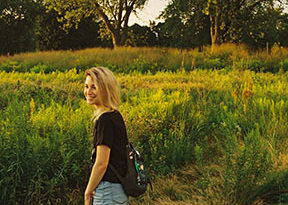
Marie Orttenburger
Knight Center student Marie Orttenburger recently completed her professional project, culminating her graduate studies at the Michigan State University School of Journalism.
Orttenburger successfully defended her project before her committee, composed of Knight Center faculty Eric Freedman, David Poulson and Bruno Takahashi, on Aug. 16.
Her project is a series of three articles on the importance of fire in Michigan ecosystems accompanied by illustrations by artist Spencer High of Grand Rapids, Michigan.
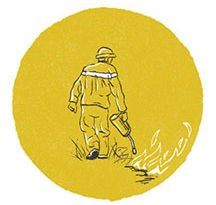 The articles cover research about Michigan’s early fire history through its fire-scarred tree stumps, an assessment of the ecological need for fire in Michigan and the barriers to meeting it, and a look at how climate change is calling for a shift in how Michiganders think about wildfire.
The articles cover research about Michigan’s early fire history through its fire-scarred tree stumps, an assessment of the ecological need for fire in Michigan and the barriers to meeting it, and a look at how climate change is calling for a shift in how Michiganders think about wildfire.
Orttenburger said inspiration for the series came from her job as the Land Conservancy of West Michigan’s communications manager, as well as years of working as the assistant editor of Great Lakes Echo.
“I was fascinated by the conservancy’s use of prescribed fire and wanted to use this project as an opportunity to dive deep into the subject and how it is applied elsewhere in the state,” she said.
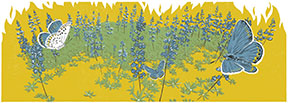 Orttenburger’s goal with the project was to explore long-form journalism and essayistic reporting. Her proposal was inspired in part by The Atlantic’s “Life Up Close” series.
Orttenburger’s goal with the project was to explore long-form journalism and essayistic reporting. Her proposal was inspired in part by The Atlantic’s “Life Up Close” series.
With the successful completion of her project, Orttenburger graduates with a master of arts in journalism focused in environmental reporting. She began her studies in 2015 and gradually completed her degree over the course of six years while working full-time.
“I’m really grateful to have had the support of the Knight Center faculty as I took the long road to finish my degree,” Orttenburger said. “I wouldn’t be here without them.”
Orttenburger’s complete professional project can be read at https://sparksandflamesmi.com.

 Knight Center director Eric Freedman is the lead editor of
Knight Center director Eric Freedman is the lead editor of 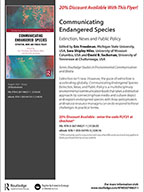
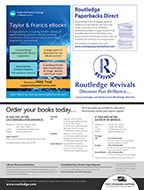 This book will be essential reading for students, natural resource managers, government officials, environmental activists, and academics interested in conservation and biodiversity, environmental communication and journalism, and public policy.
This book will be essential reading for students, natural resource managers, government officials, environmental activists, and academics interested in conservation and biodiversity, environmental communication and journalism, and public policy.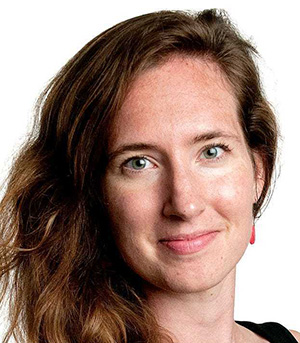
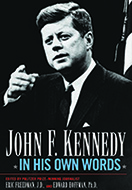 Audible has just released an
Audible has just released an